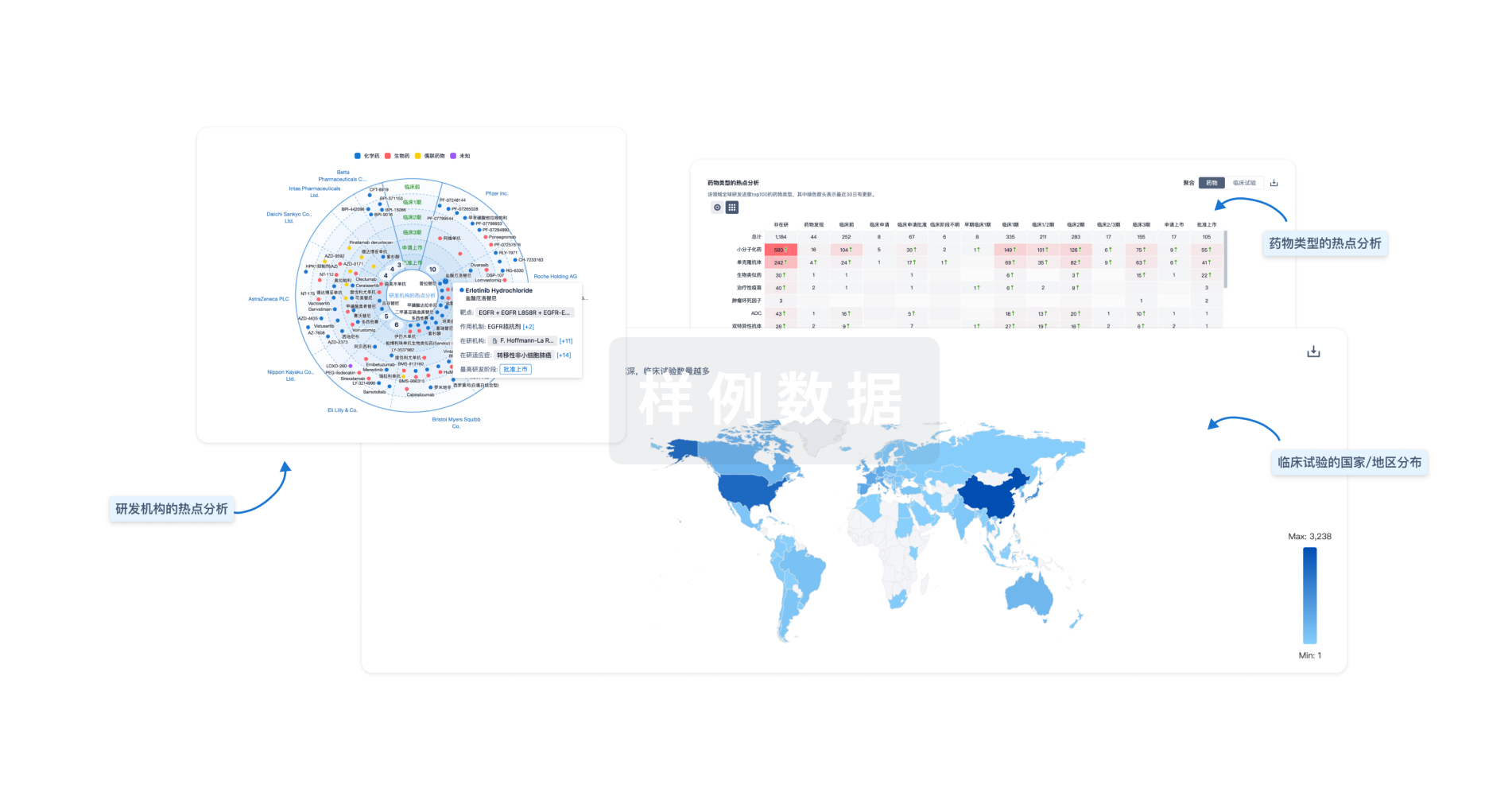预约演示
更新于:2025-05-07
Pulmonary Arteriovenous Fistulas
肺动静脉瘘
更新于:2025-05-07
基本信息
别名 Arteriovenous fistula of pulmonary vessels、Arteriovenous fistula of pulmonary vessels (disorder)、FISTULA, ARTERIOVENOUS, PULMONARY + [19] |
简介 A congenital or acquired malformation characterized by abnormal communication between the pulmonary arteries and pulmonary veins in the lungs. |
关联
26
项与 肺动静脉瘘 相关的临床试验NCT06735976
Efficacy & Safety of LOBO™ Vascular Occlusion Device for Embolization of Pulmonary Arteriovenous Malformations (PAVM)
The goal of this clinical trial is to evaluate both the technical success and efficacy of using the LOBO™ device in patients undergoing embolization of Pulmonary Arteriovenous Malformations (PAVM). The main question[s] it aims to answer [is/are]:
* What is the technical success rate, the number of LOBO™ devices needed for occlusion, and time to occlusion for each feeding artery during PAVM embolization using the LOBO™ device?
* What is the short-term occlusion rate of the LOBO™ device for PAVM embolization (6 months post-embolization)?
* What are the medium- and long-term occlusion rate of the LOBO™ device in PAVMs (12 months and 36 months post embolization)?
Researchers will compare the percentage of LOBO™ embolized PAVMs that develop recanalization at 6, 12, and 36- month intervals compared to percentage of conventionally embolized PAVMs that develop recanalization at the same intervals.
Participants will undergo the embolization procedure and be followed for 36 months after the procedure. There will be a total of 4 study visits:
* Treatment visit
* 6-Month Follow-up visit
* 12-Month Follow-up visit
* 36-Month Follow-up visit
At each clinical follow-up visit participants will undergo imaging with a computed tomography angiography (CTA) of the chest.
* What is the technical success rate, the number of LOBO™ devices needed for occlusion, and time to occlusion for each feeding artery during PAVM embolization using the LOBO™ device?
* What is the short-term occlusion rate of the LOBO™ device for PAVM embolization (6 months post-embolization)?
* What are the medium- and long-term occlusion rate of the LOBO™ device in PAVMs (12 months and 36 months post embolization)?
Researchers will compare the percentage of LOBO™ embolized PAVMs that develop recanalization at 6, 12, and 36- month intervals compared to percentage of conventionally embolized PAVMs that develop recanalization at the same intervals.
Participants will undergo the embolization procedure and be followed for 36 months after the procedure. There will be a total of 4 study visits:
* Treatment visit
* 6-Month Follow-up visit
* 12-Month Follow-up visit
* 36-Month Follow-up visit
At each clinical follow-up visit participants will undergo imaging with a computed tomography angiography (CTA) of the chest.
开始日期2024-12-17 |
申办/合作机构 |
ChiCTR2400086665
Effect of esketamine on pulmonary shunt in patients undergoing thoracoscopic pulmonary resection
开始日期2024-07-30 |
申办/合作机构 |
NCT06099015
Cera™ Vascular Plug System Post-Market Clinical Follow-Up: A Multi-center, Prospective, Observational, Single-arm, Open-label, Post-market Study
The objective of the study is to collect and evaluate clinical data on patients of the Lifetech Cera™ Vascular Plug System to:
* confirm the performance
* confirm the safety
* identify previously unknown side-effects
* monitor the identified side-effects (related to the procedures or to the medical devices)
* identify and analyse emergent risks
* confirm the performance
* confirm the safety
* identify previously unknown side-effects
* monitor the identified side-effects (related to the procedures or to the medical devices)
* identify and analyse emergent risks
开始日期2024-06-21 |
申办/合作机构 |
100 项与 肺动静脉瘘 相关的临床结果
登录后查看更多信息
100 项与 肺动静脉瘘 相关的转化医学
登录后查看更多信息
0 项与 肺动静脉瘘 相关的专利(医药)
登录后查看更多信息
2,686
项与 肺动静脉瘘 相关的文献(医药)2025-06-01·Radiology Case Reports
Successful coil embolization of 3 pulmonary arteriovenous malformations using a gadolinium contrast agent in a patient with severe iodine allergy: A case report
Article
作者: Kamisako, Atsufumi ; Murotani, Kazuhiro ; Naka, Takahiro ; Ikoma, Akira ; Tamai, Kurumi ; Minamiguchi, Hiroki ; Mimura, Ryosuke ; Sonomura, Tetsuo ; Miyake, Yuichi
2025-05-01·Radiology Case Reports
Differentiating systemic artery-to-pulmonary artery fistula from pulmonary arteriovenous malformation: A case report
Article
作者: Asayama, Yoshiki ; Kawaguchi, Hiroyuki ; Baba, Hiroshi ; Hidaka, Hiromu ; Fukasawa, Kazunori
2025-05-01·Journal of Vascular and Interventional Radiology
Embolotherapy for Pulmonary Arteriovenous Malformations in the Pediatric Population with Hereditary Hemorrhagic Telangiectasias—A Retrospective Case Series
Article
作者: Misra, Sanjay ; Iyer, Vivek ; Mukhtar, Haseeb ; Bjarnason, Haraldur ; Bendel, Emily C ; Demirel, Nadir
分析
对领域进行一次全面的分析。
登录
或

Eureka LS:
全新生物医药AI Agent 覆盖科研全链路,让突破性发现快人一步
立即开始免费试用!
智慧芽新药情报库是智慧芽专为生命科学人士构建的基于AI的创新药情报平台,助您全方位提升您的研发与决策效率。
立即开始数据试用!
智慧芽新药库数据也通过智慧芽数据服务平台,以API或者数据包形式对外开放,助您更加充分利用智慧芽新药情报信息。
生物序列数据库
生物药研发创新
免费使用
化学结构数据库
小分子化药研发创新
免费使用


